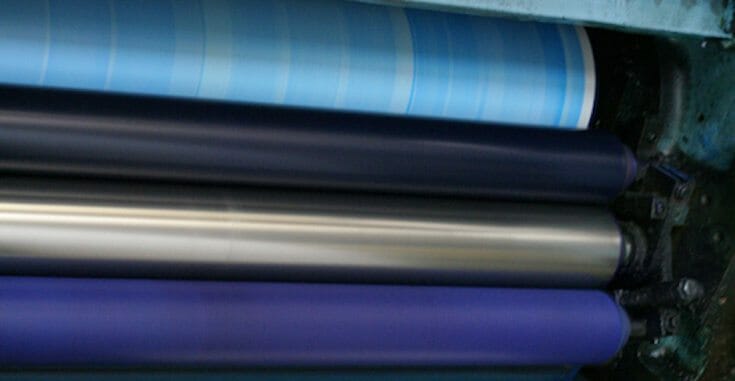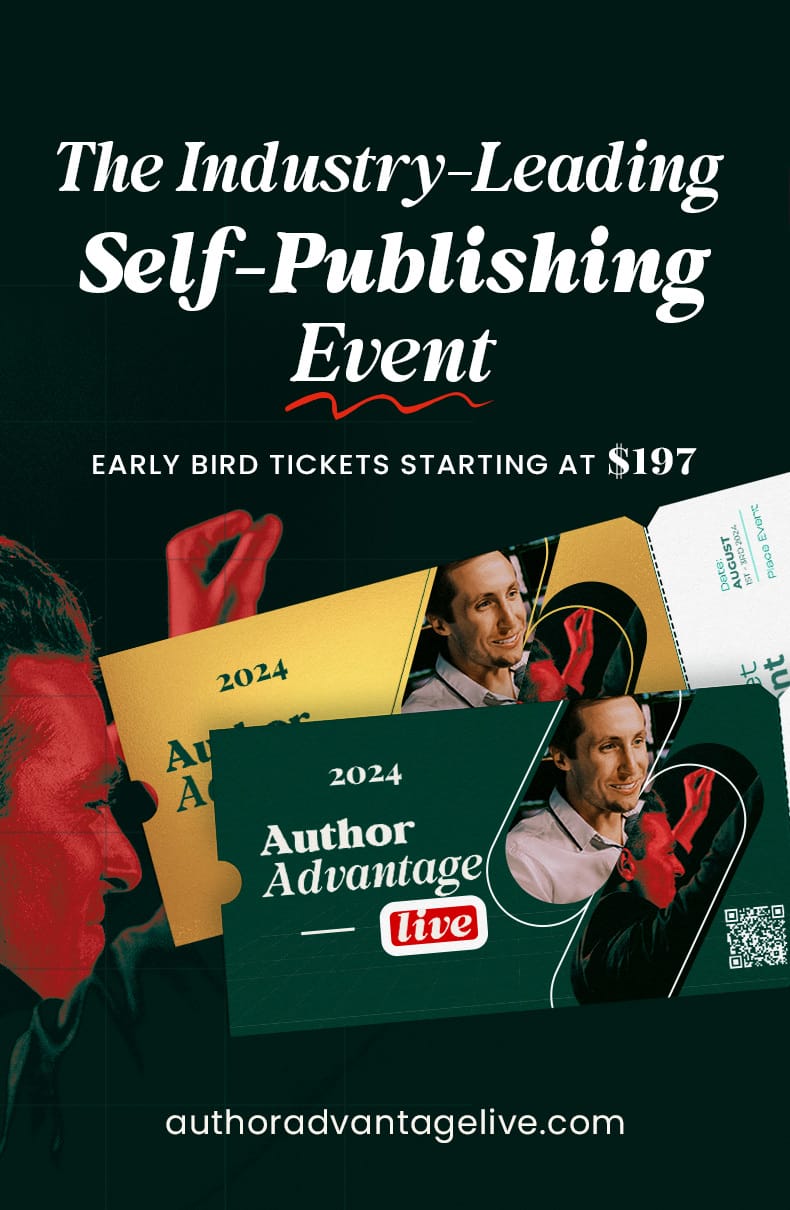In Part 1 of this series on Understanding Book Printing Estimates for Self-Publishers we looked at the specific items included on a typical book printing estimate from an offset printer. In this second part we’ll see how each item is specified when creating a Request for Estimate.
Creating a Request for Estimate
Requesting prices on manufactured products is largely knowing the conventions, materials and processes that are used. Book printing is no different.
In our workflow, getting a price for printed books can come right at the beginning of the book planning process. Because decisions need to be made early about the kind of book that we’ll produce, getting an idea of the unit cost of the books—and the investment that will be required by the author—can help in the planning.
For early estimates we’ll make an educated guess about how many pages will be in the book, and we might also ask for separate prices on a variety of design or production variables. For instance, since paper is the largest cost in printing books, we might ask the printer to compare the price of the book on two different stocks.
After the book layout is final we can modify the specifications to arrive at the final price for the project. It’s that final revision that will be our contractual agreement with the book printer.
Stepping Through the Estimate Specifications
Using the same order as last time, where each part of the production process is specified and priced in the order they will naturally occur, here’s how I would specify a typical book. Comments, where appropriate, are added.
- Title and Author: The Joy of Self-Publishing, Joel Friedlander
- Quantity: 500, 1000, 2000
The lowest quantity that’s practical is around 500 books. 2000 will give us a good unit price, so these quantities will give us the range of prices we need to set our first-printing quantity. - Trim size: 6″ x 9″
Although all printers will be able to print books in standard sizes, their equipment may be optimized for particular sizes. Getting prices from a variety of printers will often show this difference. If you have an odd-sized book, it’s crucial to talk to your book printer early in the process to make sure you are producing the book as efficiently as possible. - Pages: 200
Make sure this number is divisible by eight. - Copy: Print-ready PDF files
It will be the publisher’s responsibility—or her book designer’s—to create files according to the printer’s specifications, which are usually on their website. - Proofs: Digital proofs for interior, color matchprint proof for cover
Since we are supplying the reproduction files, we only need to make sure the pages are in the right place on the interior. I always recommend a color proof of the cover to avoid surprises when the books arrive. It’s important to fully understand what the books should look like, and having a proof that you approve will eliminate guesswork and uncertainty on both your part and your printer’s. - Press: Prints black throughout, no bleeds
In other words, there are no places where images in the book run off the edge of the page. - Stock: 55# natural or equivalent
This is a standard book printing paper, and I’m signaling to the printer that rather than specify a particular brand, I’m more interested in the economy of using their standard paper. Printers buy so much paper, this is likely to be much more reasonably priced than other alternatives. “Natural” is an off-white color that makes for easy reading. For books that are text only, I find this color very attractive. For books with illustrations and photographs, a good quality white paper works better. - Cover stock: Your 12′ C1S
Again I’m asking the printer to estimate based on their own “house” stock. The specification is for 12 point paper that’s coated on one side, the other side is uncoated (“C1S”). Many books are printed with 10 point covers, but 12 point is not unusual and adds some stiffness to a softcover. - Cover press: 4/0
This indicates that the cover will be printed in full color on the outside—the coated side—and unprinted on the inside. If you were to say this in conversation, it would be “Four over zero” or “four over nothing.” Don’t you love jargon? - Binding: Perfect bound softcover
Some printers offer a “notch binding” that’s superior to perfect binding, and some offer sewn bindings. Depending on the book I might ask for prices on more than one binding style when we’re in the planning stages. This is also where we might ask for pricing on special finishes including embossing the covers, foil stamping with metallic foils, or adding flaps to the cover of a softcover book. - Packing: Shrink in convenient bundles, bulk in HD cartons
If you expect the books you’re ordering to last a year, I suggest you have the printer shrink wrap them in bundles. Here I’m indicating that they can decide how many books makes a “convenient” bundle, and what best suits their equipment. I’m only concerned with protecting the books. “HD” stands for heavy duty, and you don’t want your heavy books packed in anything else. - Shipping: Please estimate freight for residential delivery to Zip code 94901
The book printer gets very good prices on trucking, and some larger printers even use their own trucks to deliver orders of books. They need to know if you require “inside delivery” which is exactly what it sounds like and, if so, whether there will be stairs or freight elevators involved. Spell this out on your request.
That’s all you need to get a price from an offset book printer on your project. Of course, if there are other elements in the book, like photos, color inserts, special papers, or any other variation, make sure to add a clear specification. If you’re in doubt, I encourage you to ask questions. Most good quality short-run book printers are only too happy to answer your questions.
For the final part of this series, we’ll take a look at the estimate that comes back from the printer and break it down.
Image licensed under a Creative Commons Attribution 3.0 License, original work copyright by Jinx!, https://www.flickr.com/photos/span112/5227296909/



